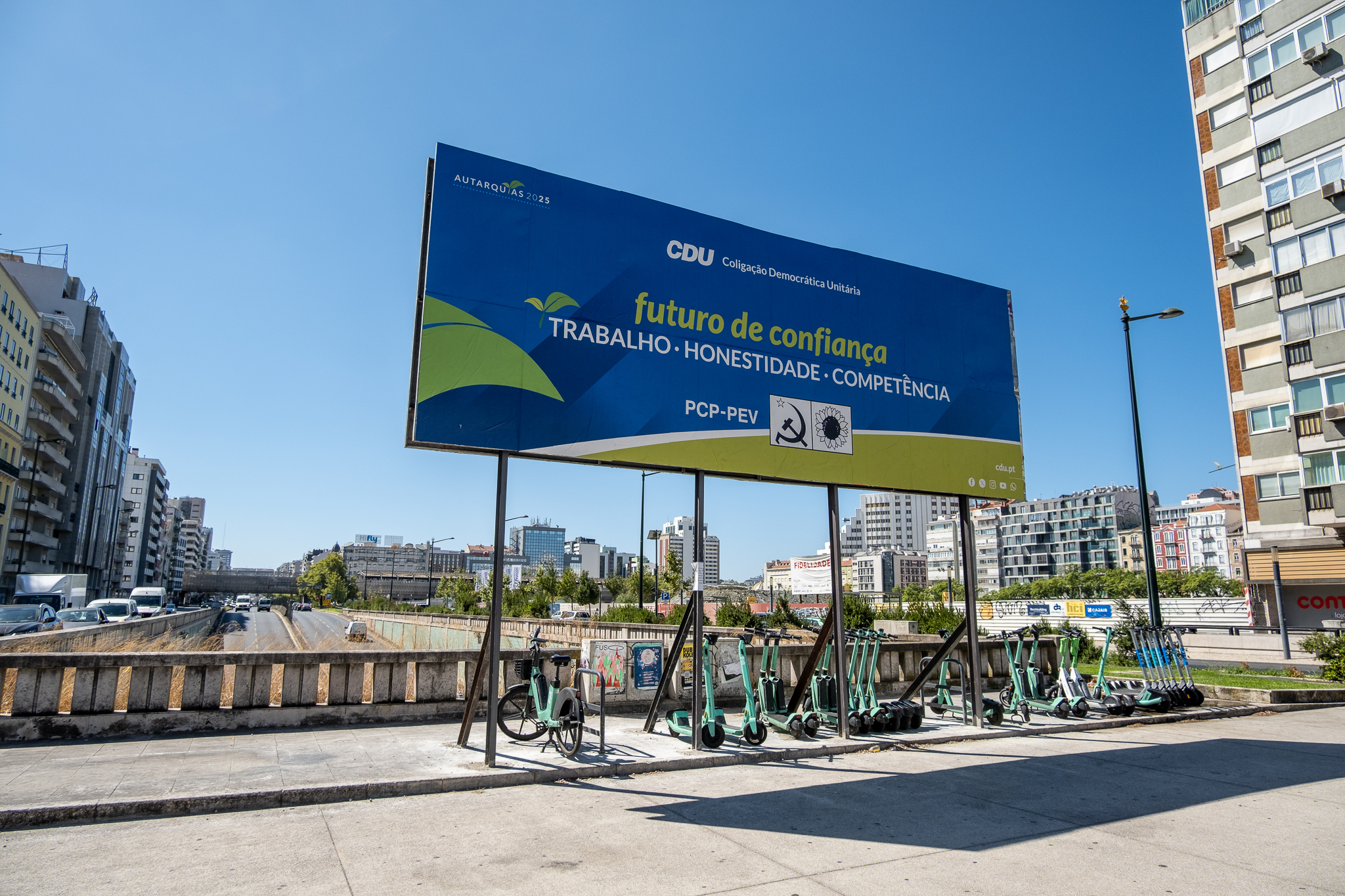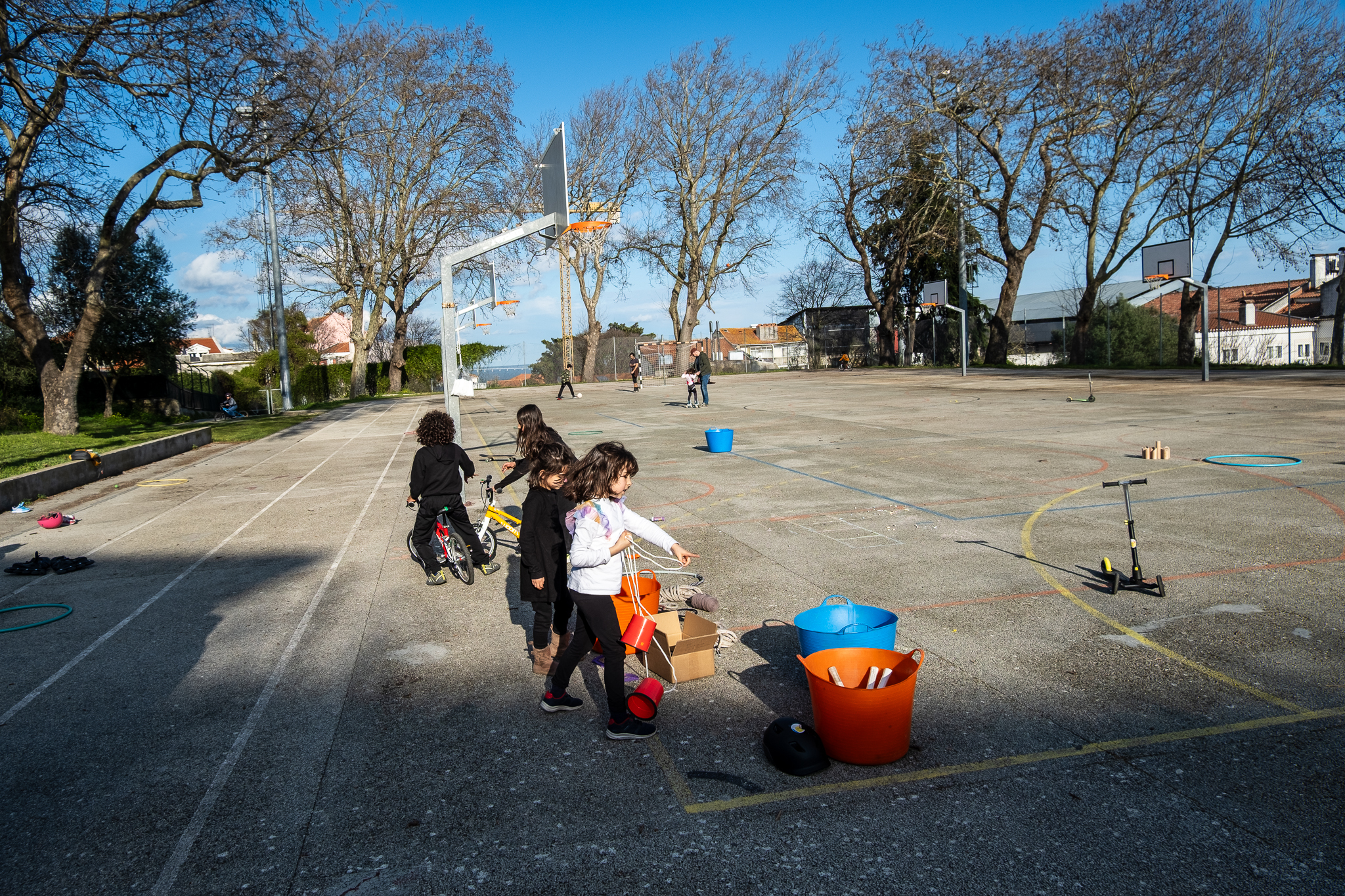Eight entities from civil society and academia sign a common proposal to improve the National Strategy to Combat Energy Poverty. They say that the version presented by the Government, and which was in public consultation, "is still vague, superficial and not very quantifiable".

On survey held in 2022 by Lisboa E-Nova, around 401pc of the 1508 respondents living in Lisbon admitted to being uncomfortable with the temperature at home during winter, while 321pc of the respondents said they were equally unhappy with the temperature at home during summer. "The true extent of the problem may, however, be greater"indicates the city's energy and environment agency.

Energy poverty is a serious issue in our country, affecting between 1.8 million and 3 million peopleThe criteria for assessing whether households cannot afford to keep their homes adequately heated or whether the energy bill is too large (representing +10% of total income). Severe energy poverty situations alone will represent about 660 to 680 thousand people in our country.
A strategy for the country
In recent years, awareness of the issue of energy poverty has increased significantly in Europe, which is why it has been identified as a political priority by several EU institutions, with the European Commission, as part of the package Clean Energy For All EuropeansThe European Commission has given priority to this issue, including in several legislative initiatives references to the need for Member States to adopt measures to combat energy poverty. Portugal, for its part, has established in its National Energy and Climate Plan 2021-2030 (PNEC 2021-2030) the fight against energy poverty as a priority and, in this context, presented the National Long-Term Strategy to Combat Energy Poverty 2022-2050 - a document that was in public consultation until March 3.
This National Strategy proposes to substantially reduce, by 2050 and in a phased manner, the population unable to keep their homes adequately heated, the population with high energy costs, the population with problems of infiltration and humidity, and the population unable to keep their homes cool in summer:
| by 2030 | until 2040 | by 2050 | |
|---|---|---|---|
| Population unable to keep their home adequately heated | 10% | 5% | <1% |
| Population living in dwellings with problems of leaks, dampness or rotting elements | 700 thousand | 250 thousand | 0 |
| Population in households whose energy expenditure represents +10% of total income | 20% | 10% | <5% |
| Population living in housing that is not comfortably cool during the summer. | 20% | 10% | <5% |
According to the proposal that was in public consultation, the following stand out some of the action measures planned to tackle energy poverty:
- Financial support for homeowners and tenants to improve the energy efficiency of their homesThis includes the rehabilitation of buildings with thermal insulation solutions, the adoption of energy-efficient equipment, and the implementation of renewable energy production and storage systems;
- Allocation of Efficiency Vouchers in the amount of €1,600/voucher (total of 100,000 vouchers) to households in energy poverty. as a direct support mechanism that could be used for interventions to increase energy performance and thermal comfort;
- Financial support for electrification of energy consumption in householdsThis can be done through building works and also by replacing fossil energy consuming equipment;
- Energy rehabilitation in social housing buildings, focusing on energy efficiency with a view to increasing energy performance and thermal comfort;
- Evaluate the creation of extraordinary energy bill support mechanism(s) targeting households in energy poverty.This is specifically to cope with adverse and extreme events such as cold/heat waves;
- Local energy poverty strategiesthrough both municipalities and local energy agencies by targeting funds at them.
The National Strategy to Combat Energy Poverty presupposes the creation of a coordination group for its monitoring, supervision and coordination, which should operate within the Directorate-General for Energy and Geology (DGEG) with the support of the Agency for Energy (ADENE), and may include other public and private bodies.
The entities' proposals
A number of civil society and academic bodies have come together to present proposals to the Strategy during the public consultation. They are CENSE - Center for Research on Environment and Sustainability (FCT/NOVA), the cooperative Coopérnico, a DECO, a ENA - Arrábida Energy and Environment Agency, the OBSERVE - Environment, Territory and Society Observatory (ICS/ULisboa), the Lisboa E-Nova (Lisbon's energy and environment agency), the S.ENERGY (which covers the municipalities of Barreiro, Moita, Montijo and Alcochete) and the environmental association ZERO.
In a statement sent to newsrooms, the eight entities - which are involved in initiatives to combat energy poverty - recall that this issue "has gained space on the political, European and national agenda because it affects millions of citizens" and criticize António Costa's executive for the delay in presenting a Strategy to respond to the problem. "After almost two years of silence from the Government, the Strategy has been re-submitted for a second public consultation, which is a regrettable delay for a topic that is a national priority", they report.
The same entities made the following points in a joint opinion:
The proposals for improvement
- Align strategies with national goals and objectives: the current proposal lacks alignment with the Long-term strategy for building renovation (ELPRE). There needs to be effective coordination with other policies (such as housing, poverty alleviation, climate change, health and others);
- Establish clear delivery indicators: the scales chosen and the fragmentation of impacts and targets make the strategy confusing and imprecise, so it would be important to clearly establish links between impacts and targets that are simple and easy to read what is intended. In this sense, it would be important to identify indicators of achievement of each measure for each year (e.g. quantify information or vocational training actions in the year 2023, and so on).
- Holistic view of the Strategy's objectives: the objectives should not be defined by the amount to be spent, nor by the implementation of the measure itself, but linked to the targets to be achieved and the impact on energy poverty mitigation.
- Innovate financial support: it is important to outline mechanisms that combine public and private funding and innovative formats, through research into best practices, so that communities of citizens can develop projects for building renovation, energy efficiency improvement and renewable energy production, involving all stakeholders, regardless of their financial capacity.
- Efficiency Voucher measure to be improved at various levels, such as by increasing the amount, expanding the scale of the intervention at neighborhood level and including tenants (and not only owners).
- Prioritize passive measures: it is essential that the Energy Poverty Strategy recognizes the renovation of the passive envelope of buildings as a priority (walls, roofs and windows/glazing, sun exposure and shading, ventilation), since the poor performance of these components is identified as one of the main causes of energy poverty. Consequently, an approach that does not limit itself to the building fraction, but rather considers the building as a whole, is essential.
- Communication and literacy promotion: are two pillars that should be transversal to the measures addressed to citizens, because when there is no efficient communication few people are aware of the programs, and when there is a lack of literacy they may even know the programs, but not implement the most appropriate measures for their situation. To this end, communication campaigns should be intensified and the citizen's counters and similar should be used to add the energy aspect to the support provided.
- Monitoring the national situation: this monitoring should be at various scales, from the housing level, involving the municipalities, to the national level, involving the INE in a periodic and regular study. There should also be innovation in the indicators used, namely through the inclusion of objective individual indicators and not only subjective ones.
"They hope that the future strategy will have the ambition and action needed to really tackle energy poverty and bring positive results for the whole population, in particular the most vulnerable.", they indicate in the same note.
They also point out that “the National Long-Term Strategy to Combat Energy Poverty submitted for public consultation is an initial step with guidelines for action, presents some contextualization of the current scenario and European and national policy framework, as well as a characterization of the national situation with regard to the main causes and some of the consequences of energy poverty. It develops a methodology for the identification of the population in energy poverty, proposes a set of diverse and comprehensive measures, focusing on different areas of action and involving a wide network of national actors"..










